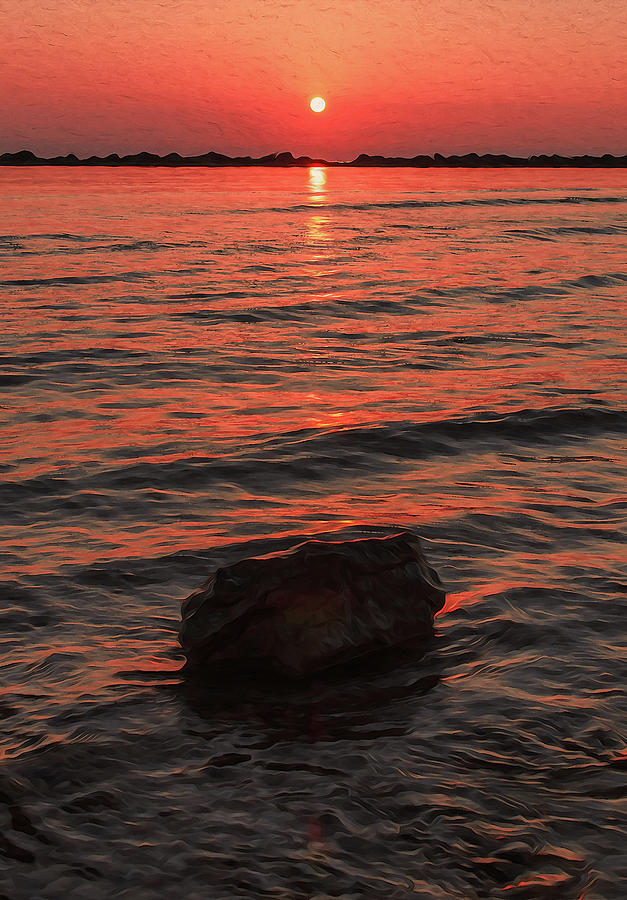Theatrical artwork
Successful black businessman looking at camera celebrating success got promotion. Successful proud black businessman looking at camera celebrating victory got promotion or reward, happy african employee taking congratulations from colleague on professional achievement in office
Close up of businessman handshake intern greeting with promotion california-casinos.org/sports-venues/levis-stadium/. Close up of businessman shaking hand of colleague at office meeting, congratulating with work achievement, boss handshake happy satisfied intern greeting with job promotion. Concept of rewarding
Joyful excited young latin woman receive reward for good job. Getting promotion. Joyful young latin woman office worker yell look on pc screen receive recognition reward for good job from boss. Female scientist feel excited to find solution of difficult problem
undefined
Empire of the Sun artwork
“At first glance, Jo Ractliffe’s black-and-white shots of sun-baked African landscapes look random and bland: rocks, dirt, scrubby trees; some handwritten signs but no people. Only when reading the titles – “Mass Grave at Cassinga,” “Minefield Near Mupa” – do you learn where the people are, or once were, and the pictures snap into expressive focus.
Another fascinating exhibition. The concept, that of vanishing time, a vanquishing of time – inspired by Kurt Vonnegut’s 1969 novel Slaughterhouse-Five and the Japanese photographer Kikuji Kawada’s 1965 photobook The Map – is simply inspired. Although the images are not war photography per se, they are about the lasting psychological effects of war imaged on a variable time scale.
“… taking its cue from Vonnegut, ‘Conflict, Time, Photography’ is arranged differently, following instead the increasing passages of time between events and the photographs that reflect on them. There are groups of works made moments after the events they depict, then those made days after, then months, years and so on – 10, 20, 50, right up to 100 years later.”

“At first glance, Jo Ractliffe’s black-and-white shots of sun-baked African landscapes look random and bland: rocks, dirt, scrubby trees; some handwritten signs but no people. Only when reading the titles – “Mass Grave at Cassinga,” “Minefield Near Mupa” – do you learn where the people are, or once were, and the pictures snap into expressive focus.
Another fascinating exhibition. The concept, that of vanishing time, a vanquishing of time – inspired by Kurt Vonnegut’s 1969 novel Slaughterhouse-Five and the Japanese photographer Kikuji Kawada’s 1965 photobook The Map – is simply inspired. Although the images are not war photography per se, they are about the lasting psychological effects of war imaged on a variable time scale.
“… taking its cue from Vonnegut, ‘Conflict, Time, Photography’ is arranged differently, following instead the increasing passages of time between events and the photographs that reflect on them. There are groups of works made moments after the events they depict, then those made days after, then months, years and so on – 10, 20, 50, right up to 100 years later.”
Release art
Velocity is the amount of work that gets completed during a time-boxed sprint. This is a numerical value that is usually calculated using user story points. The higher the velocity amount, the more work gets done.
A typical PI includes four or five development iterations followed by one innovation and planning iteration (see below). During the PI, teams work in two-week cycles called system increments, following Scrum or Kanban methods.
Imagine a symphony orchestra where musicians play in perfect harmony to create a magnificent performance—this is precisely how an Agile release train operates, bringing together 50-150 professionals across multiple teams to deliver complex solutions with unprecedented alignment and efficiency.
Vintage graphic
Never again do you need to toil with annoying filters and layer styles that only partially give you what you want. DupliTone Lo-Fi Halftones are the just like magic solution to all your shading problems in 4 different realistically retro styles.
3 Botanical Pears This a gorgeous set of botanical prints. Included are the one above which shows a golden yellow pear with a pair of leaves. The print also shows the pear cut in half with seeds visible. This beautiful print would look lovely framed in a living area or kitchen.
1 Black Olives Printable This one is a great looking botanical print circa 1887. Featured is a branch of Mission Olives, which are a dark black color. The leaves are a nice dark green. Wouldn’t this look great in a Tuscan Style Kitchen?
First, for obvious reasons, you need to pick the decade that you wish your viewers to reminisce about through the use of retro in design. But it is not that simple. There are tons of options to select from, and it is easy to get confused when picking a decade to ruminate. Sometimes, the 20’s design looks like a 30’s design, and certain elements that were popular or common in the 60’s might be echoed in the 80’s or 90’s. Design comes from design; inspiration begets inspiration.
2 Kitchen Vegetables Prints This is a wonderful pair of botanical free printable wall art pictures. One in these in the set set shows some lovely vibrant vegetables, including a bright green cabbage, a turnip and cauliflower. This would look great framed and hanging in a kitchen. This image was scanned from an 1860 antique British botanicals book in my collection.
